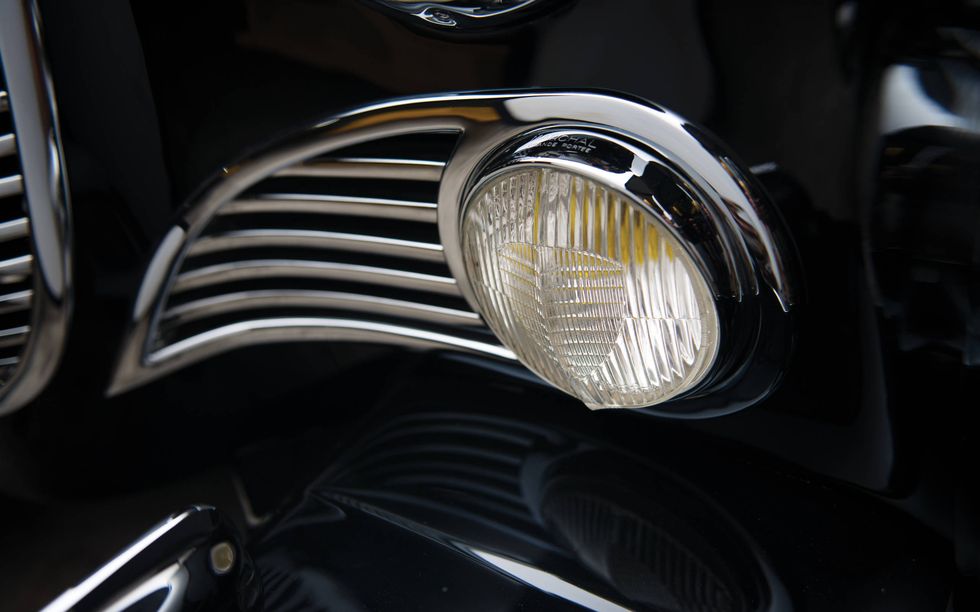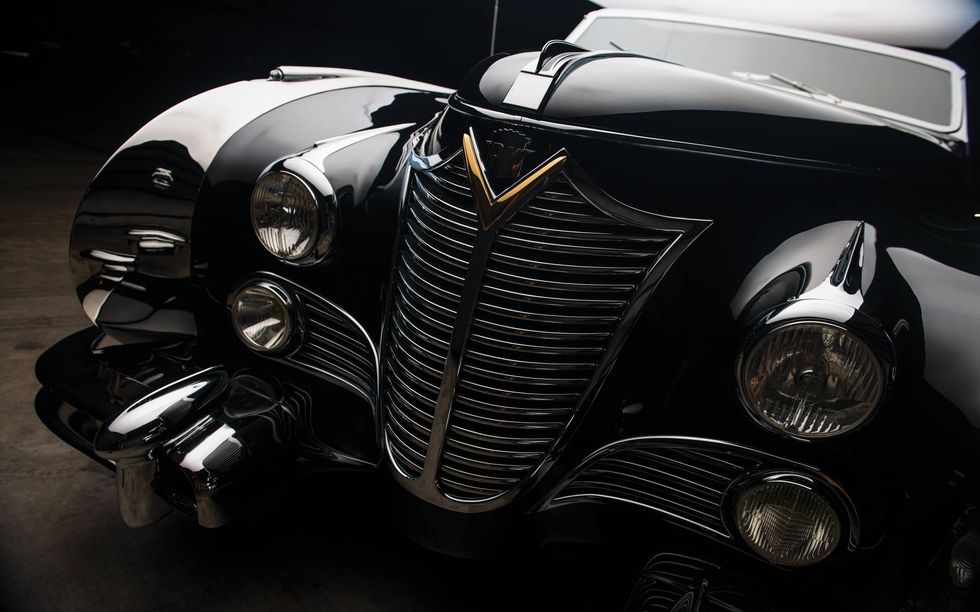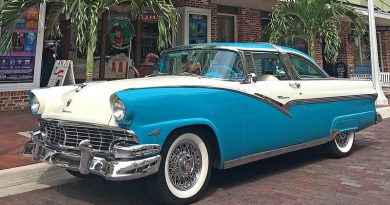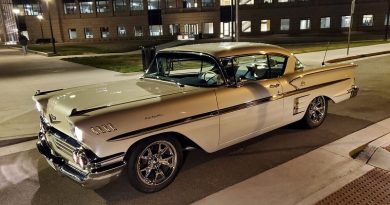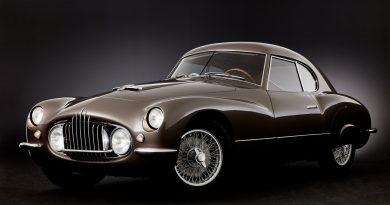1948 Cadillac Series 62 Cabriolet
The Cadillac Series 40-62 is a series of cars which was produced by Cadillac from 1940 through 1964. Originally designed to complement the entry level Series 61, it became the Cadillac Series 6200 in 1959, and remained that until it was renamed to Cadillac Calais for the 1965 model year. The Series 62 was also marketed as the Sixty-Two and the Series Sixty-Two. The Series 62 was used to introduce the Cadillac Coupe de Ville and the Cadillac Eldorado which started out as special appearance packages that were later placed into production.
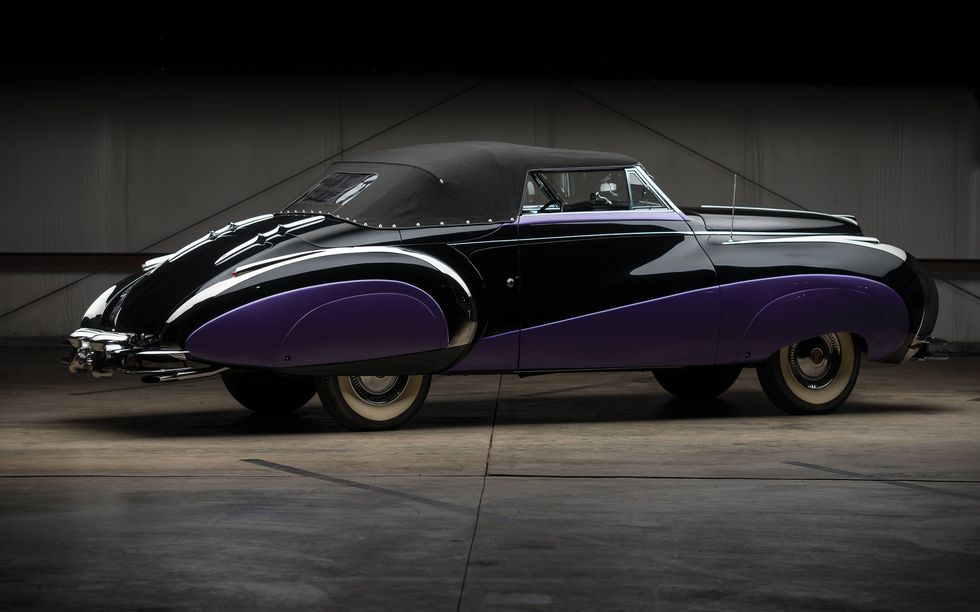
Ask any automotive enthusiast to imagine French coachwork, and his mind’s eye will paint liquid lines, elaborately curved and detailed in their colors, shape, and decorative “scallops” of chrome-plated brass. It is a vision fulfilled most elaborately by Carrosserie J. Saoutchik, one of France’s greatest coachbuilders, during the early postwar years of the late 1940s. Saoutchik’s final designs were show-stopping automobiles that were the road-going equivalents of the latest Parisian fashions. They were bold and dramatic, setting the curve–—literally—for design elsewhere in the world. Simply put, after Saoutchik—a true artist of the post-war era—nothing was ever quite the same.
One of the final Saoutchik designs was what can only be called a wild, beautiful cabriolet on a 1948 Cadillac Series 62 chassis. Like every other European shop in the post-war years, Saoutchik wanted American dollars, and what better way than presenting an American car at the 1948 Paris Salon. That it did not look American at all, aside from the dashboard and “sombrero” wheel covers, was beside the point. It was big, extravagant, and aimed right at the newly affluent Yankee.
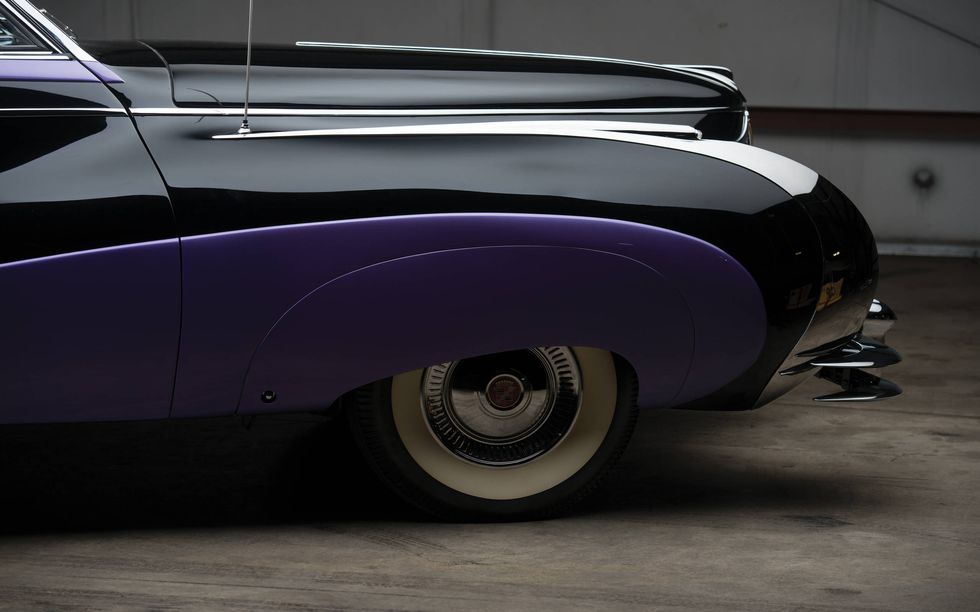
The 1948 Cadillac engine is the final version of the 346 CI flathead V-8 first introduced in 1936, developing 150 HP at 3,400 RPM through a single Stromberg 2-barrel downdraft carburetor. The electrical system has been converted to 12-volt for easier starting, and power from the engine is sent to the rear axle by a column-shifted 4-speed Hydramatic transmission. The Fisher body is finished in French Gray with long horizontal bright trim moldings and gravel guards on both sides, and the massive chrome-plated grille is a heavy “egg-crate” design that is higher in the center. The front and rear are protected by huge chrome-plated bumpers that curve around the fenders, while dual vertical bumpers guards are provided front and rear as well. The rear of the car pulls the viewer’s attention to the distinctive tail fins that would grow larger with every new model year.
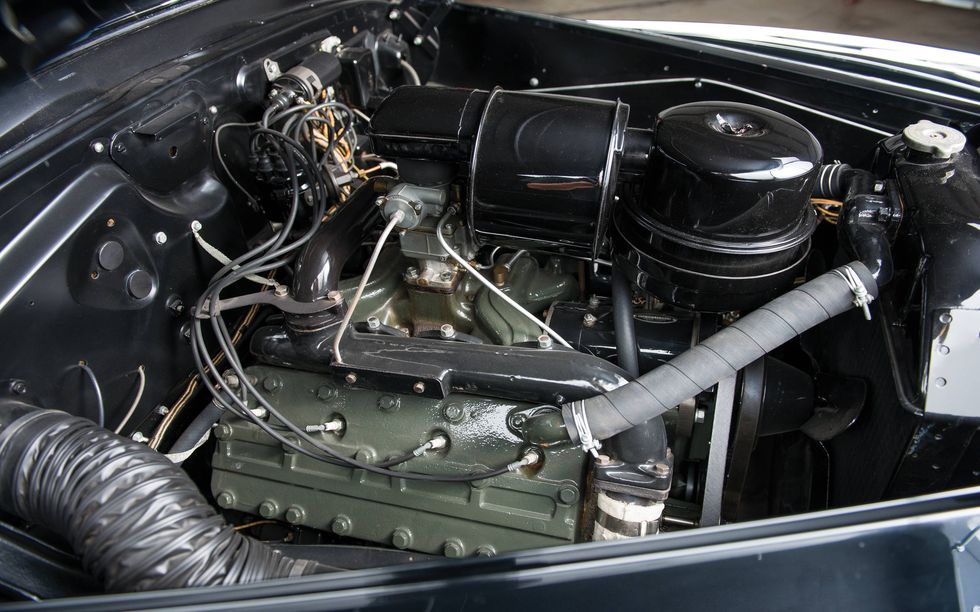
The Fleetwood interior is trimmed in two tone leather with black carpets and a dark-pink-painted instrument panel with a black steering wheel. Controls include a pushbutton AM radio, power windows and controls for the power-operated black convertible top.
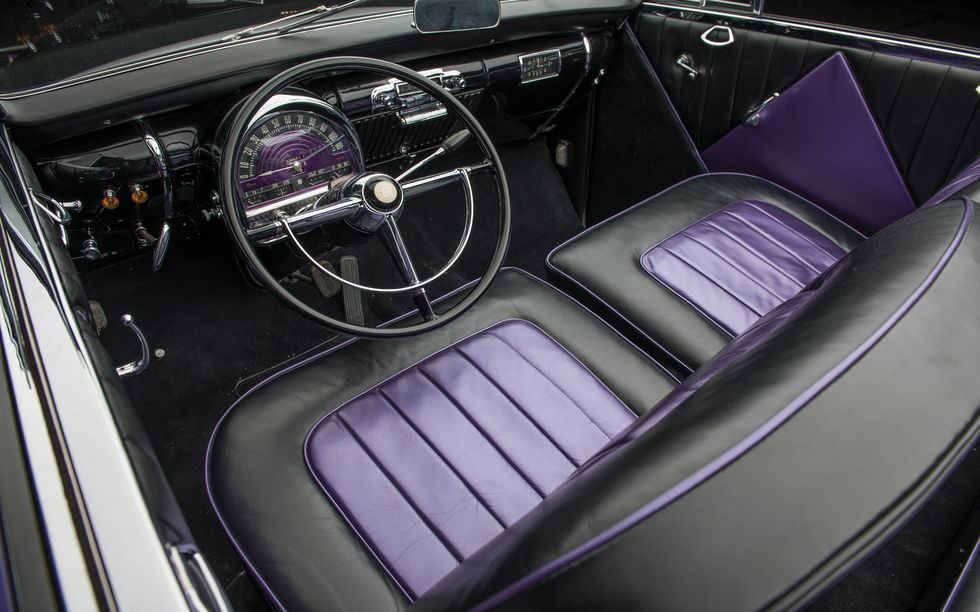
The most characteristic trait of this car is the sweeping two tone fenders that are accentuated by huge chrome accents. These lines help hide the enormous size of the car by breaking it up into several levels. Flanked on the side of the car is canework that was painstakingly applied by paint tube. The same pattern appeared on prewar Fleetwood-bodied Cadillac V16s.

Representing the glamorous swan song of a fabulous stylist and coachbuilder, the “Ritter Saoutchik” represents audacious French coachbuilding at its absolute peak. It is the vision of an era wrapped into one utterly dramatic automobile.
